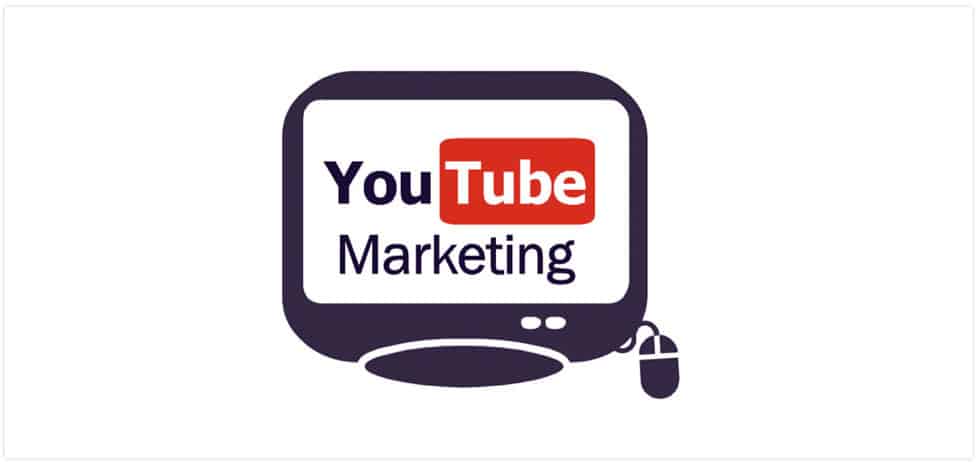
YouTube has grown from a simple video sharing site into the world’s second largest search engine and a powerful platform for online marketing. Today, SMEs, niche experts, and fortune 500 companies leverage the power of YouTube marketing to promote their products and services.
Why should your business or brand consider YouTube marketing?
Online video is one of the fastest growing consumer services and is expected to surpass Facebook and Twitter by 2017. YouTube has over 900 million users and receives over 1 billion monthly visitors. For advertisers looking to increase brand recognition and drive social sharing, there is perhaps no comparable platform.
Before you get started with YouTube, there are some fundamental concepts that will greatly enhance your chances of success.
1) Know Your Target Audience
Before you begin creating videos, you must first determine for whom they are intended. Knowing your audience will greatly influence the nature of your video marketing strategy and make it easier to product content that results in meaningful engagement. Let’s say you’re an online platform that helps people learn how to play the guitar. It would be helpful to first establish what level of skill you’ll be focusing on. More advanced guitar players will want videos teaching techniques not appropriate for novices.
You can’t be everything to everyone, so hone in on a particular niche or category and expand from there.
2) Create Compelling Content
To harness the full power of YouTube marketing, you’ll need to create videos that inspire viewers with informative, educational or entertaining content. One of the most popular video genres is instructional “How to Videos”. The number one YouTube search result for “How To Tie a Bow Tie” is a step-by-step instructional video with over 2.6 million views and 3,500 comments.
By contrast, last year’s Harlem Shake phenomenon (videos created purely for entertainment) prompted many brands and businesses to create their own spin-offs, many of which went viral and received millions of views.
3) Include Clickable Calls-to-Action
Your video creation strategy should have strong tie-ins with your overall monetization model, and facilitate clicks to landing pages that prime users for conversion. We call this “filling the top of the funnel”. Let’s say you produce instructional videos that teach people how to play guitar. A good strategy would be to post a series of free videos on YouTube that include calls-to-action linking back to your website where they can pay or subscribe to view more advanced lessons.
4) Brand Your YouTube Channel & Videos
Like other social media platforms, YouTube allows you to create a branded landed page where you can display your logo and a cover photo. It’s also a good idea to start and/or end each of your videos by displaying a teaser with your logo and brand message/tag line. Think of each video as an opportunity to reinforce your brand to your audience.
5) Optimize for Searchability
In order to ensure your videos have the best chances of appearing highly in related search results, always include the following for each video:
• Title: Include your targeted keywords at the beginning of your title. Keep it concise and catchy.
• Description: Start your description with a full URL and be as thorough as possible, ensuring to include keywords. You can include URLs within your description as well.
• Tags: be sure to include any related keywords in the tags field.
6) Post Often
Over 100 hours of video are uploaded to YouTube every minute. In order to separate yourself from the pack and garner real results, you’ll need to post frequently. Even one video a week can establish enough momentum to drive a decent number of page views and visits to your website.
7) Create a Video Landing Page On Your Website
Because Google owns YouTube, it’s no surprise that YouTube videos rank extremely well in organic search results. A Google search for “How To Tie a Bow Tie”, for example, delivers multiple video results that appear above organic text listings. The bad news: video search results send traffic back to YouTube and not your website. To combat this, create a video landing page on your website and optimize the page and videos to rank organically.
Let`s Get
In Touch
Contact us today for a free consultation
and cost estimate for
your project.
We work with companies in all
industries, big or small.
Give Us a Call: 786-529-6039
Services
©2024 FUZE DIGITAL INC. Ignite Your Brand™ | privacy





